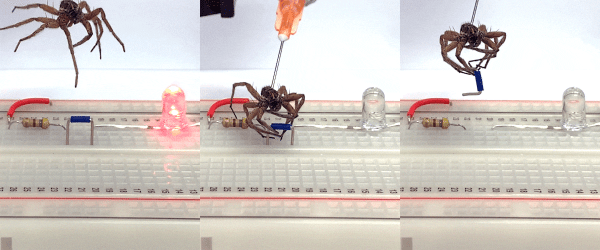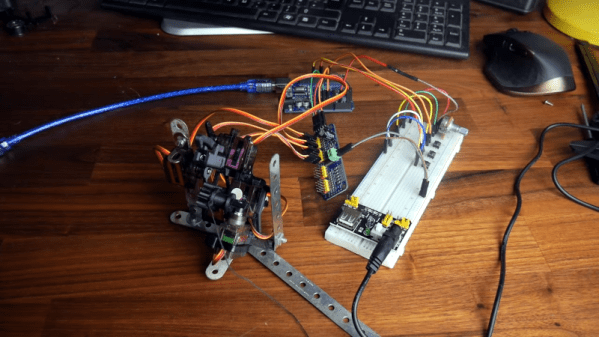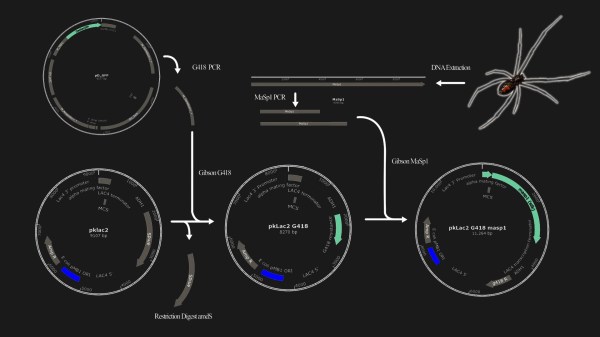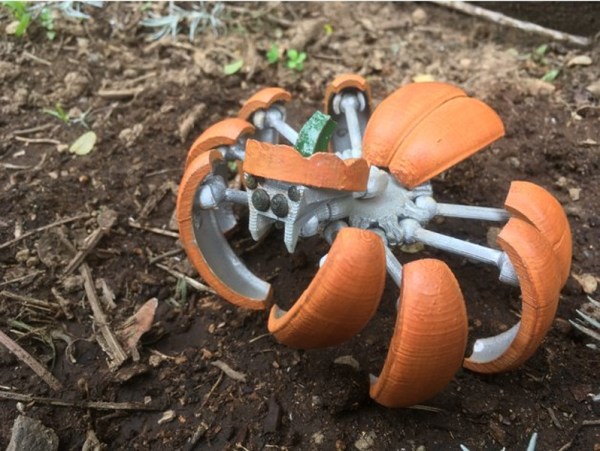What happens when an unfortunate bug ends up in a spider’s web? It gets bitten and wrapped in silk, and becomes a meal. But if the web belongs to an orb-weaver and the bug is a male firefly, it seems the trapped firefly — once bitten — ends up imitating a female’s flash pattern and luring other males to their doom.
Fireflies communicate with flash patterns (something you can experiment with yourself using nothing more than a green LED) and males looking to mate will fly around flashing a multi-pulse pattern with their two light-emitting lanterns. Females will tend to remain in one place and flash single-pulse patterns on their one lantern.
When a male spots a female, they swoop in to mate. Spiders have somehow figured out a way to actively take advantage of this, not just inserting themselves into the process but actively and masterfully manipulating male fireflies, causing them to behave in a way they would normally never do. All with the purpose of subverting firefly behavior for their own benefit.
It all started with an observation that almost all fireflies in webs were male, and careful investigation revealed it’s not just some odd coincidence. When spiders are not present, the male fireflies don’t act any differently. When a spider is present and detects a male firefly, the spider wraps and bites the firefly differently than other insects. It’s unknown exactly what happens, but this somehow results in the male firefly imitating a female’s flash patterns. Males see this and swoop in to mate, but with a rather different outcome than expected.
The research paper contains added details but it’s clear that there is more going on in this process than meets the eye. Spiders are already fascinating creatures (we’ve seen an amazing eye-tracking experiment on jumping spiders) and it’s remarkable to see this sort of bio-hacking going on under our very noses.
















